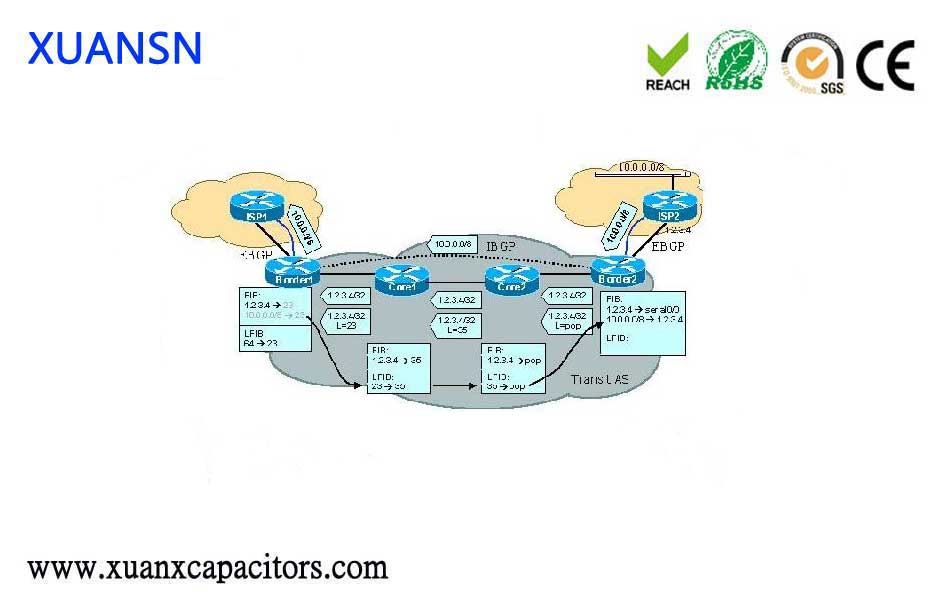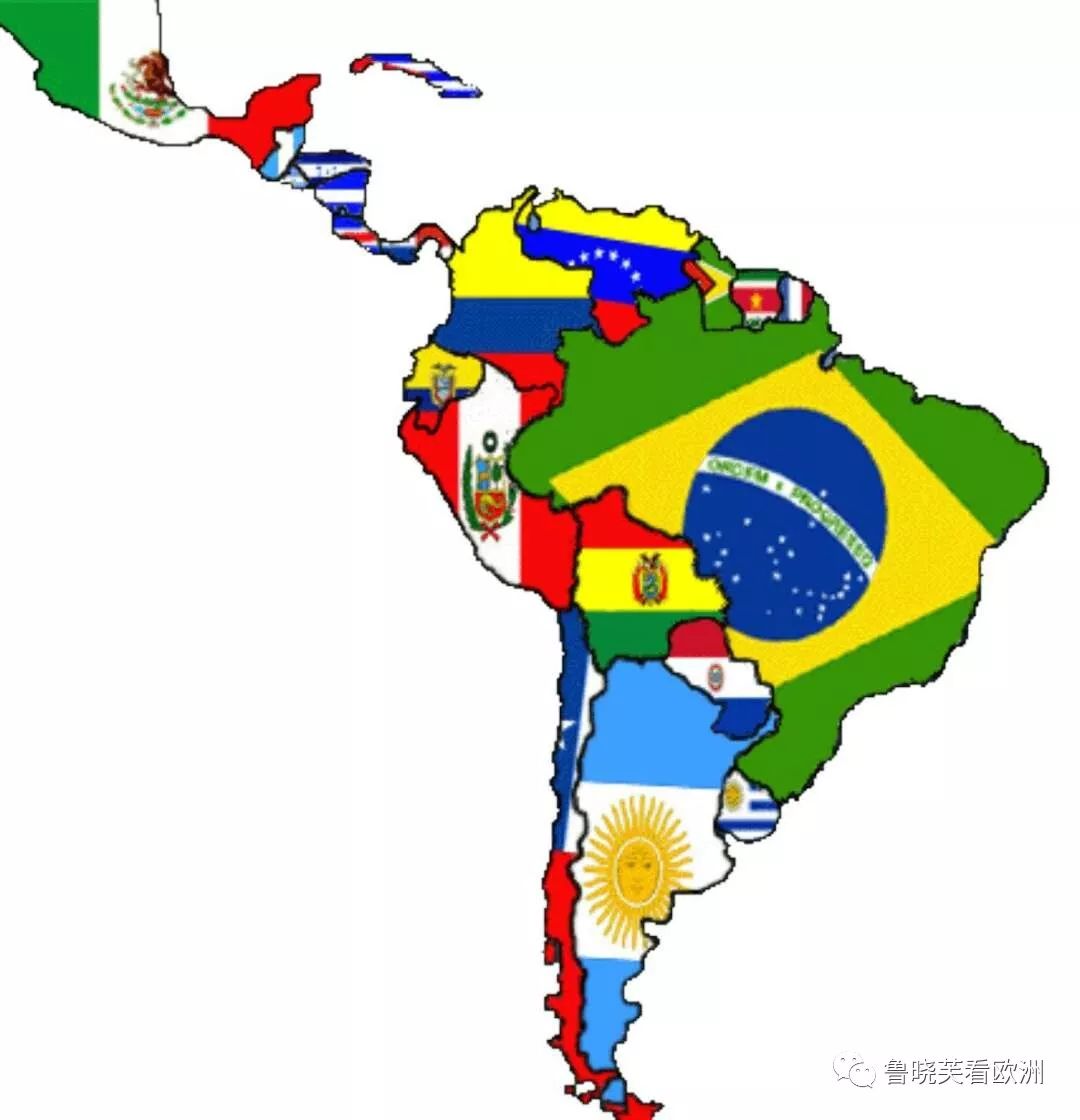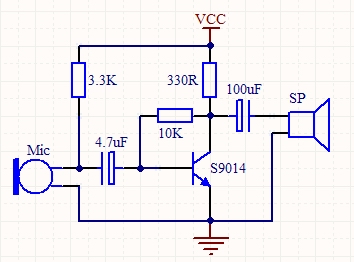What is the function of the welding robot’s control system? Welding robots can increase the speed of enterprise production lines, stabilize welding quality, and save enterprise costs in terms of production expenditure. There is a big difference from traditional welding. Thanks to the control system of welding robots, the editor will show you the control of automatic welding robots. The role of the system.
The control system is part of the welding robot structure, which is equivalent to the reaction speed of a skilled welding worker. It can easily weld weldments with complex structures. Just like the human brain, it is a more important structure.

The role of the welding robot control system:
1. The control system has input and output functions. Most welding robots use offline programming. The technicians pre-write the welding program, and then input the welding program into the control system. The control system intelligently recognizes the welding seam specifications through sensors, selects the appropriate welding parameters, and delegates the appropriate welding materials to fill the welds. The weld is beautiful and firm.
2. Position control of solder joints. The control system drives the actuator to make the robotic arm move along the welding path. After this series of actions are completed, it will be saved in memory. The next time the workpiece is welded, it can be called up, and the welding point can be controlled to improve the welding accuracy. Degree to improve welding accuracy.
3. Intelligent decentralization of welding consumables. Traditional welding is performed manually based on experience, and the welding quality is uneven. The welding robot’s control system can automatically identify the weld specifications, and according to the programmed parameters, the just right welding material price is lowered to fill the welds, which ensures that the welds are beautiful. On the basis of saving welding materials, reduce the material cost of the enterprise.
4. Connect with auxiliary equipment. There are multiple interfaces in the control cabinet, which can be connected to auxiliary equipment, and the auxiliary equipment program is added together with the welding program, so that the auxiliary equipment can cooperate with the welding robot to improve the flexibility of automatic welding, extend the welding path, and greatly improve the welding Efficiency, stable quality.
5. Control the coordinated movement of various agencies. The welding robot has input/output functions, can input programming data, and perform welding on the workpiece through teaching and reproduction. The coordinated movement of each axis can increase the welding speed and stabilize the welding quality. The control system can be said to be the noisy part of the human body, which is welding. An important part of the robot.
In addition, the control system also stores the welding program to a certain extent. When welding similar workpieces, it will automatically call the program, but the operator needs to save the welding program regularly to prevent data loss and loss.
The above is the function of the welding robot control system. In the welding operation, the welding task of the workpiece is completed by issuing instructions and cooperating with each joint, so as to stabilize the welding quality and improve the welding efficiency.




